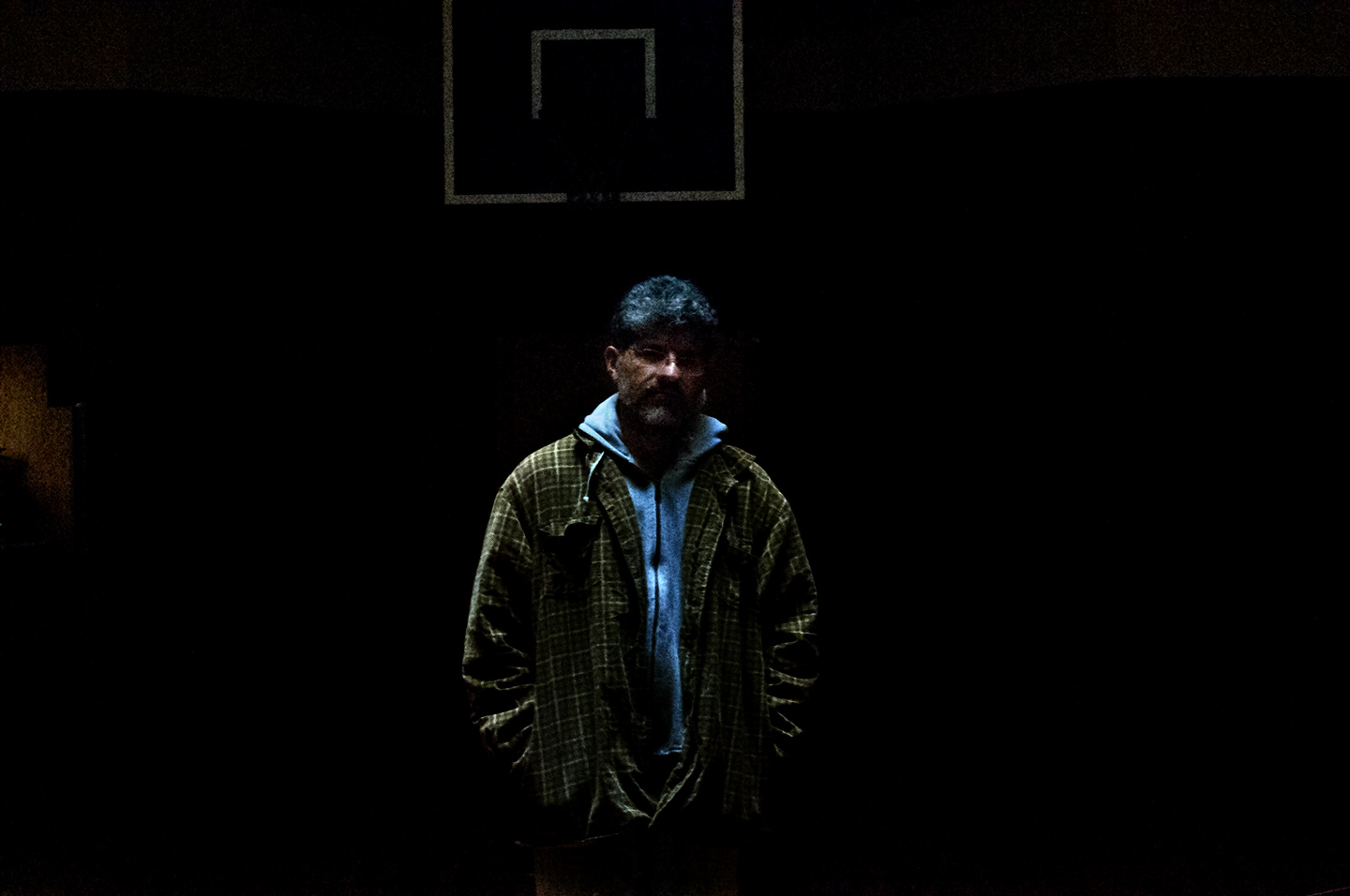
Dowser Retrospectives. Part V in the series
In dry areas there grew up a class of technicians called dowsers who specialized in finding water. They used a wooden stick, often shaped in the form of a wishbone. Holding the arms of the wooden wishbone with its head pointed downward, these wizards allegedly could sense the places where there lay water by a twitching downward of the wishbone head of the dowser stick.
With less wizardry A Journey through NYC religions‘ Retros hope to find religious innovations buried in New York City’s past that will provide clever reusable ways of dealing with problems and spreading the faith. We practice “history that you can use.” We have noticed how religions in the past have borrowed from each other and count it as a hopeful sign of mutual tolerance and strength. Mostly, the borrowings take place episodically and without real appreciation of their originators. We hope to change this: dowser history is the pointing out that the religious “others” have something to teach to the seculars and other religious folk.
Yet, Journey doesn’t ask the religious believer to be quiet about his or her distinctive beliefs that under-gird religious innovations, a demand that the old secular society imposed. In fact we recognize that the dynamic creativity of the religious folk exists precisely because they so deeply believe in reshaping the world in light of their religious values. It is hard to hammer out new ideas within an old status quo. Usually, it takes an outsider to point out mistakes of the insiders and to propose new ways of doing things. Journey’s approach is holistically careful to recognize the distinctiveness of the religious voices while also pointing out their functional usefulness to each other.
Interfaith groups sometimes develop in such a way that the religious voices lose their religious distinctiveness in favor of a bland “we are all together in one belief.” University of Southern California sociologist Paul Ackerman noticed to his dismay that the interfaith groups with which he was involved gradually lost their religious elements in favor of a fairly meaningless mixture of goodwill gestures. The groups were high on symbolism but low in practical effect. In his book God is not One: the eight religions that run the world–and why their differences matter Stephen Prothero says the leaders of the interfaith movement have a problem: call it the Kumbaya Effect. Instead of grappling with our religious differences, he says they gloss them over, creating a ‘pretend pluralism’ that does more harm then good. Here is a clip from his interview on Interfaith Voices:
Stephen Prothro discusses interfaith approaches to religion
A similar problem overtook the George W. Bush administration’s multi-million dollar efforts to promote the United States among Muslims in the Middle East. Its emphases on talking with “moderate Muslims” meant that it de-emphasized conservative religious Muslims who are the rising power because they seem more authentically Muslim to fellow citizens than do the somewhat secularized “moderates.” If we are going to have a democratic public square in the Middle East, it will have to allow all voices, including those voices that we don’t like, in order to discover on their own terms how they can relate and help each other to build a better society. Of course, there may be some rough moments like those experienced by the United States. Recently, in the United States there have been conservative Muslim voices that are rooting democratic values within their conservative theology. Won’t this be more effective in the long run?
A few years ago the Values Research Institute ran an experiment about interracial, inter-ethnic and inter-national relations in New York City and “Suburban City,” a smaller suburban city in New York state. The institute found good news and bad news. The good news was that church leaders of different races, ethnicities and nationalities in both New York City and Suburban City highly valued interracial, inter-ethnic and inter-national interaction. Most had participated in symbolic unity meetings like Martin Luther King dinners.
Most of New York City and Suburban City church leaders alike said that they wanted to know better the church leaders who came from a different ethnicity, nationality or racial group than themselves. The leaders also deposited quite a bit of trust, in theory, in leaders from different ethnic groups than themselves. Most said that they could rely on church leaders of a different ethnic, national, or racial group from themselves to lend a ready ear, honesty and support against racial and ethnic attacks.
The bad news was a more complex story. Only the church leaders in the context of the intrusive interracial, inter-ethnic and inter-national mix of New York City actually had much practical contact with leaders of other races, ethnicities or nationalities. The leaders in the suburbs had relatively little contact for the sake of solving practical problems.
Only a minority of the church leaders in the suburbs had ever visited the office of a church leader of another ethnicity. Few had attended a Bible study, a personal meal or consulted on a religious or personal problem with a church leader of a different ethnicity, race or nationality.

Portrait of a New York Hispanic pastor waiting for visitors in fellowship hall. Photo illustration: Tony Carnes/A Journey through NYC religions
Journey Retros point out that the unity of racial, ethnic, national and religious groups most often happens when they work together on solving practical problems. Jacob Riis and a coalition of evangelical Christians worked closely with religious Jewish leaders like Rabbi Stephen Wise and humanists like Felix Adler to reform the wretched living conditions of poor immigrants. Symbolic meetings are important for creating an awareness of a potentially unified identity. But working together to solve practical problems creates a functional unity. Meaningful symbolism follows function rather than functional unity following symbolic unity.
Journey Retros are dowser histories that show how different religious groups can functionally benefit from each other’s ideas, methods and problem solving.
++++++++++++++++++++++



Leave a Reply